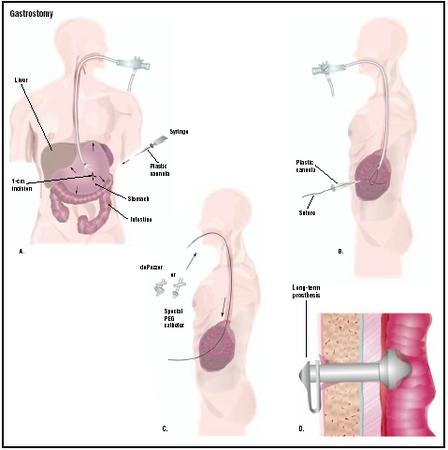
Ileostomies are a temporary stoma that's made when connecting the small bowel to the upper part of the stomach or abdomen by cutting off the valve that normally holds fecal matter back in the stomach. The surgical process that creates this stoma is known as the iliac crest flap or iliac valve replacement, and is usually performed on a patient who has Crohn's disease.
Intestinal waste is normally passed out of the iliac crest by the valve, but sometimes fecal matter blocks the valve and this results in an ileostomy. As more waste builds up, the area becomes so full that a tube is put in through the story and a bag is used to collect it, which the patient can take outside and dispose of it.
This is why the patient may feel sick during the first few days after the operation
The story itself is attached to a ring or band that's placed around the upper arm or above the patient's stomach muscles, and there's usually a small hole on top of the story to prevent the bag from falling through. When the bag is full, it's removed through a small hole, the story then being put back into the abdomen.
Incisions may be made at any part of the abdominal area, even though the story itself isn't actually placed inside the belly. This is because it's usually placed on the upper side of the stomach and is made wider for easier access and drainage. The incision can be made behind the navel, in front of the navel, in the groin, or below the pubic bone. An ostomy may also be made around the pubic bone, but this can be hard to do without a plastic surgeon to perform it.
There are several things to do before and after surgery, including post-surgery care, so the story stays in place and doesn't go away. The doctor will likely recommend the patient to use a small rubber band to keep the story on the abdominal wall, but there are other ways to do this.
If the dressing is worn, it should be left to keep the incision clean and to facilitate the removal of faeces. Cover it with a cloth to keep it from moving. If it doesn't come off on its own, you can also cover it with a band-aid or a special bandage that prevents it from moving or coming off on its own. You can apply a cold compress to keep the story moist and not wet the fabric. Once the story is removed, the plastic surgeon will need to remove the plastic tape, making sure it doesn't fall out of place.
Depending on how long the history has been around, it may need to be replaced every two weeks or several months, or until the condition is completely gone, depending on the situation. Depending on the severity of the condition, the person may be advised to write another story if the original one was damaged or if the infection that caused the stoma has already disappeared.
After the story has been removed, it may need to be removed by excision, when the incision is made inside or on top of it. After that, stitches are placed on the incision so that the infection does not recur.
As soon as the surgery is over, a patient should begin taking pain medicine
Over the next two days, there may be a lot of bleeding, which is normal. In some cases, there may be small infections that can be treated with antibiotics. These infections usually heal up on their own within a couple of days.
Skin abrasions may occur due to the incisions, but they should heal on their own, if they don't get too bad. Most patients can expect to feel some soreness for about a week after the surgery.
The story may need to be repaired more than once if it becomes damaged. If that happens, it may need to be replaced again. If that happens, the doctor will probably recommend having a new ostomy made.